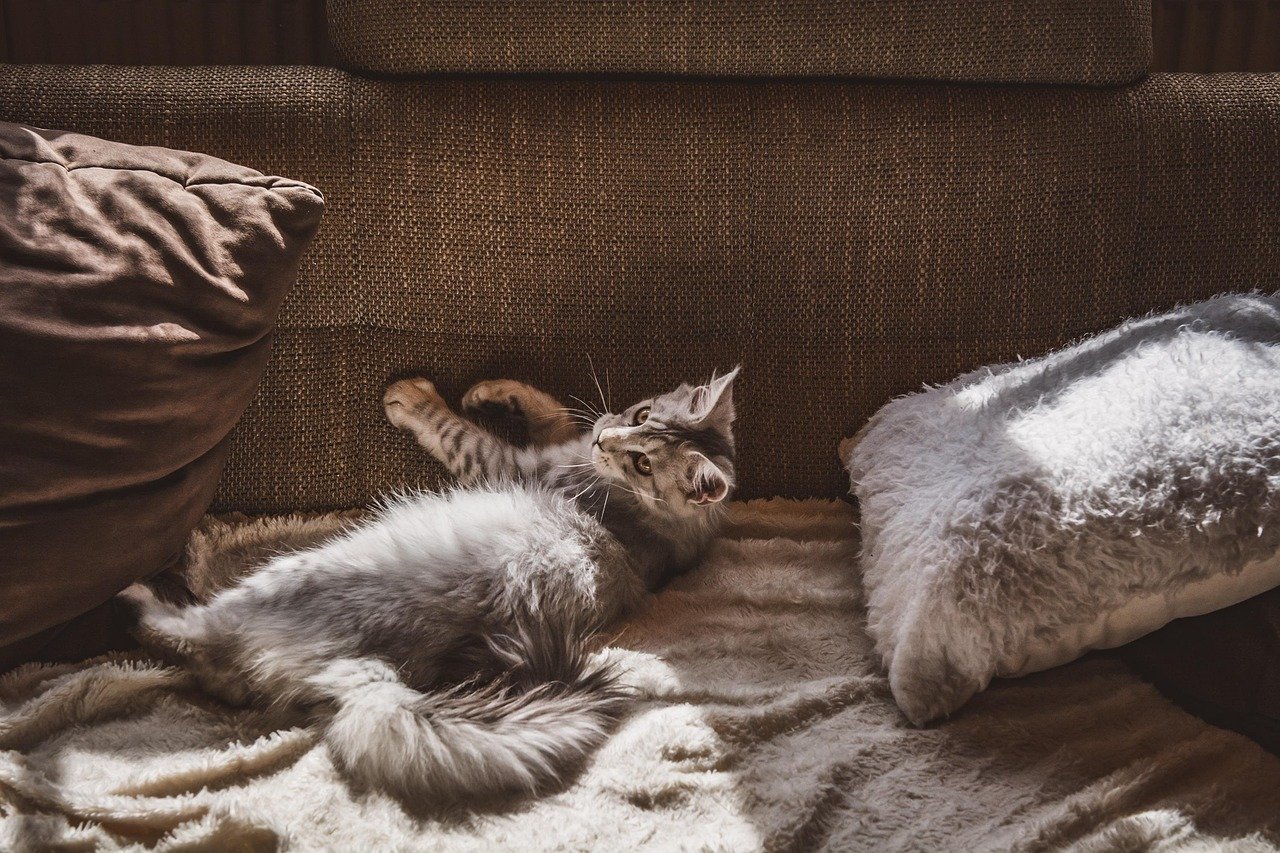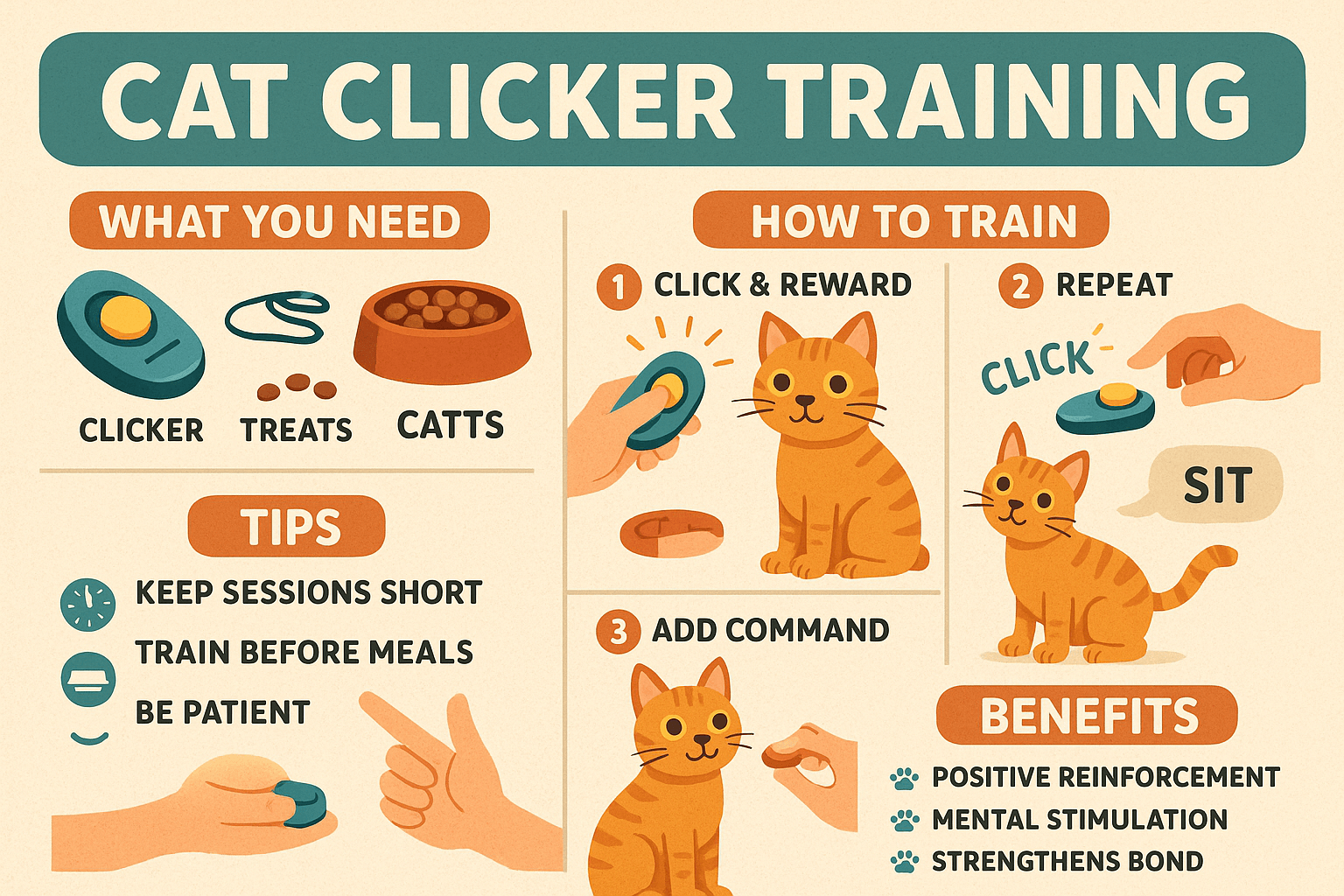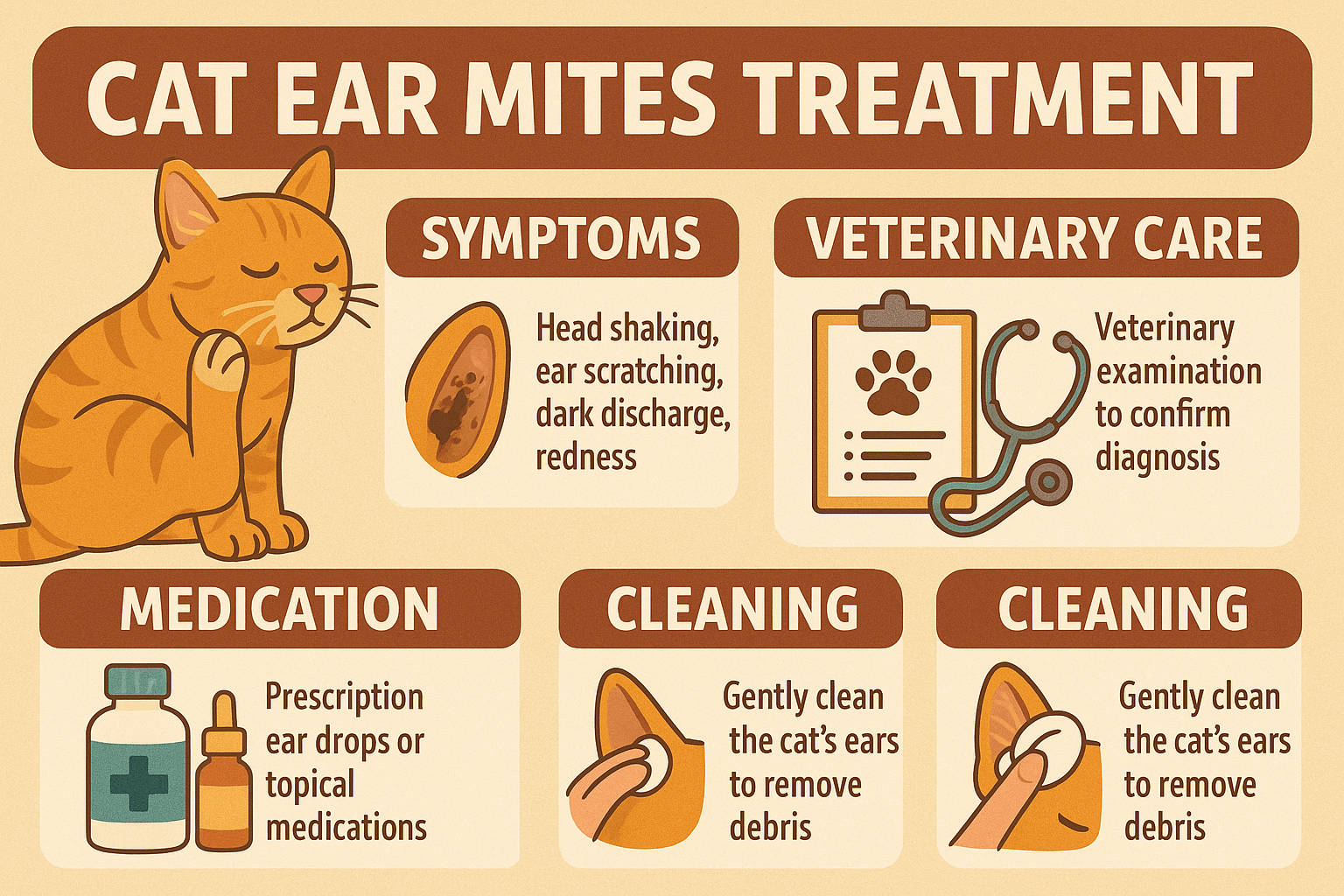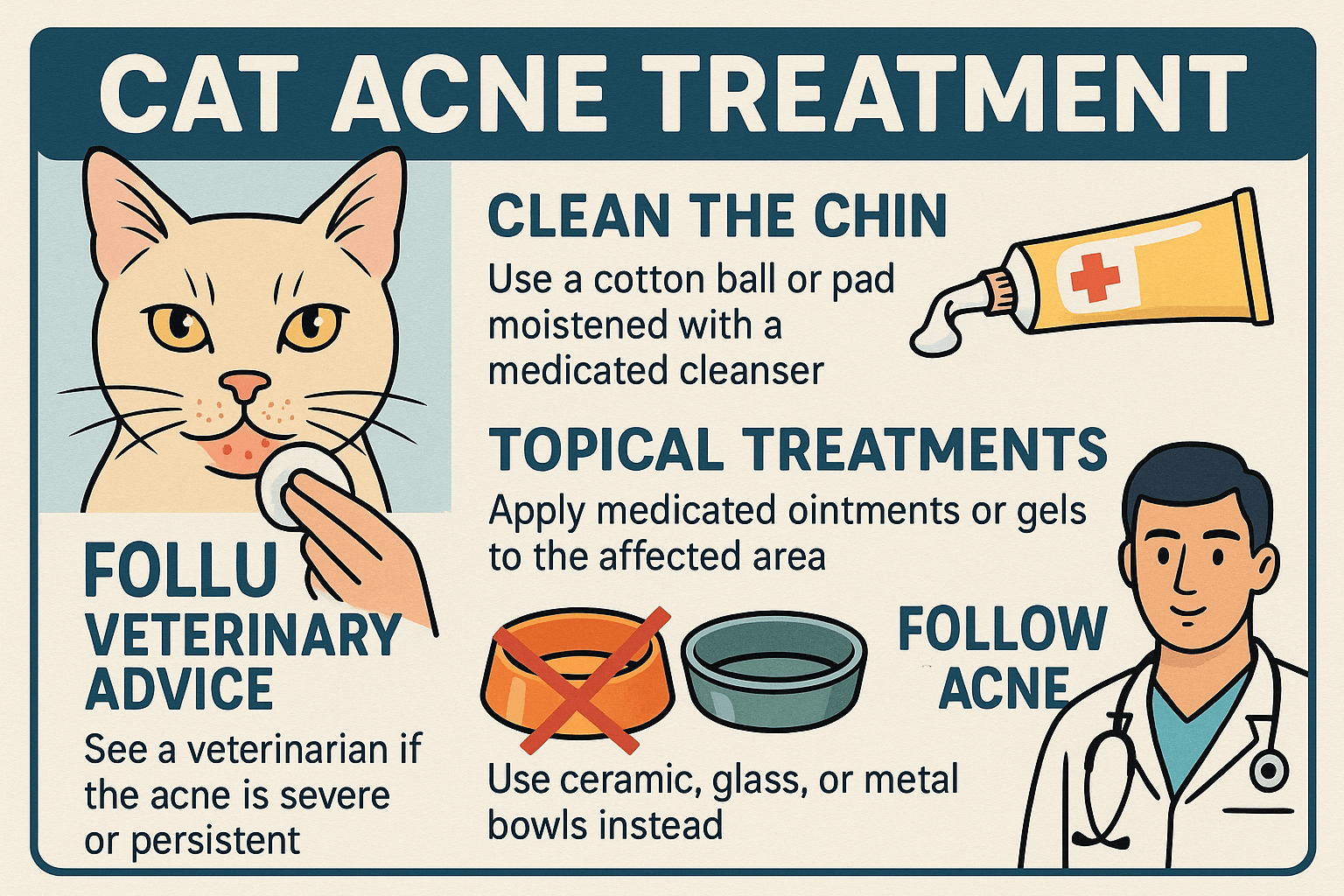Why Is My Cats Nose Dripping? Understanding the Causes and Solutions
A cat’s nose is more than just an adorable feature—it’s a vital indicator of their health. While it’s normal for a cat’s nose to feel slightly damp, excessive dripping or discharge can signal underlying issues that need attention. Whether it’s due to allergies, infections, or environmental factors, understanding the reasons behind a dripping nose is crucial for ensuring your feline friend stays happy and healthy. In this article, we’ll explore the common causes of a dripping cat nose, how to identify potential problems, and what steps you can take to address them. By the end, you’ll be equipped with the knowledge to help your cat feel their best.
Why Is Your Cat’s Nose Running? Possible Triggers
A dripping or runny nose in cats can stem from a variety of causes, ranging from harmless to serious. Identifying the root cause is the first step toward effective treatment. Here are some common reasons why your cat’s nose might be dripping:
Upper Respiratory Infections :
Viral or bacterial infections can lead to nasal discharge, sneezing, and congestion.Allergies :
Cats can develop allergies to pollen, dust, or household chemicals, causing nasal irritation.Foreign Objects :
Small particles like grass seeds or dirt lodged in the nasal passage may trigger excessive dripping.Dental Issues :
Problems like abscessed teeth or oral infections can affect the sinuses and lead to nasal discharge.Environmental Factors :
Dry air, smoke, or strong odors can irritate a cat’s nasal passages and cause temporary dripping.
Understanding these potential triggers can help you determine whether your cat needs immediate veterinary care or if simple home remedies might suffice. Always monitor their symptoms closely to ensure they don’t worsen.
Signs That Accompany a Dripping Cat Nose
While a runny nose itself is concerning, it’s often accompanied by other symptoms that provide clues about the underlying issue. Paying attention to these signs can help you gauge the severity of the problem. Here’s what to look for:
Sneezing Fits :
Frequent sneezing may indicate irritation or infection in the nasal passages.Eye Discharge :
Watery or crusty eyes alongside a runny nose could point to a respiratory condition.Lethargy or Loss of Appetite :
A lack of energy or refusal to eat suggests the issue might be more systemic.Coughing or Wheezing :
These symptoms could signal a deeper respiratory problem requiring urgent care.Changes in Behavior :
Hiding more than usual or seeming unusually irritable may reflect discomfort or pain.
If your cat exhibits multiple symptoms, it’s important to consult a veterinarian promptly. Early intervention can prevent minor issues from escalating into major health concerns.
Check this guide 👉Understanding Cat Nose Scabs: Best 7 Health Tips!
Check this guide 👉Cat Nose Bleed: Best 7 Expert Tips!
Check this guide 👉Why Does My Cat Lick My Nose? Best 7 Behavior Tips!
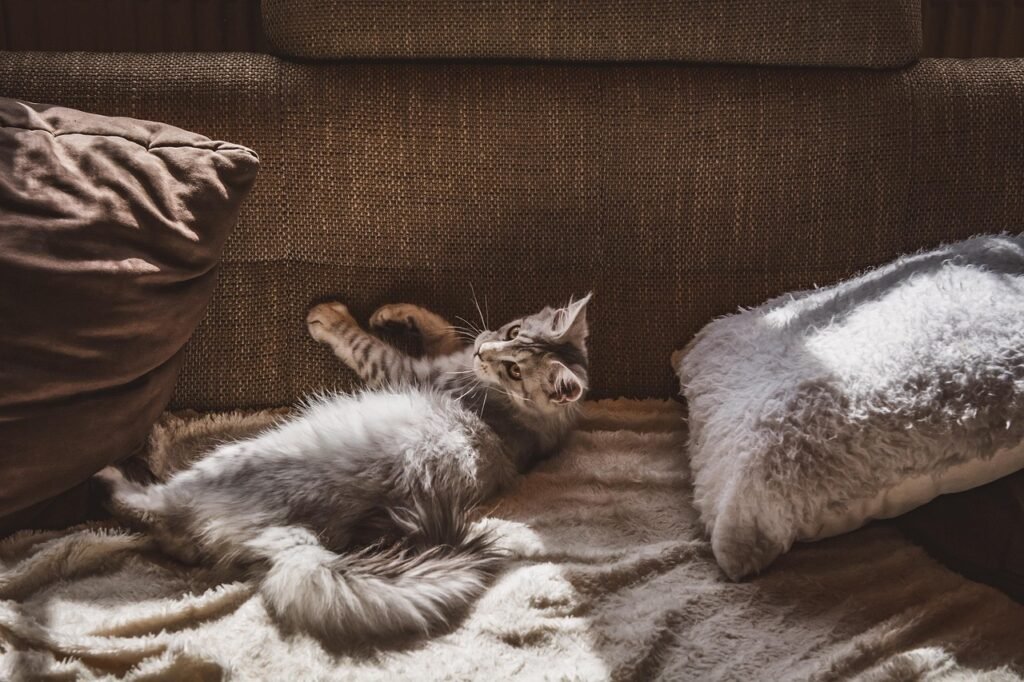
Common Causes of a Dripping Cat Nose | Treatment Options |
|---|---|
Upper respiratory infections | Antibiotics or antiviral medications |
Allergies | Remove allergens; use hypoallergenic products |
Foreign objects | Veterinary removal of the object |
Dental issues | Professional dental cleaning or surgery |
Environmental irritants | Improve air quality; avoid harsh chemicals |
How to Keep Your Cat’s Nose Happy and Healthy
Prevention is always better than cure when it comes to your cat’s health. Taking proactive steps can reduce the likelihood of a dripping nose and ensure your cat remains comfortable year-round. Here are some preventive measures you can implement:
Maintain Good Air Quality :
Use air purifiers to filter out allergens and keep your home well-ventilated.Regular Vet Check-Ups :
Routine examinations help catch potential issues before they become serious.Clean Living Spaces :
Regularly clean your home to minimize dust, mold, and other irritants.Monitor for Signs of Stress :
Stress can weaken immunity, making cats more susceptible to infections.Provide a Balanced Diet :
Proper nutrition supports overall immune function and reduces vulnerability to illness.
By incorporating these practices into your routine, you can significantly lower the risk of your cat developing a runny nose or related conditions. Prevention fosters long-term wellness.
Supporting Your Cat at Home When Their Nose Is Dripping
In many cases, mild nasal discharge can be managed at home with proper care. However, it’s essential to know when professional help is needed. Here are some tips for caring for your cat’s dripping nose safely and effectively:
Keep Them Hydrated :
Ensure your cat has access to fresh water to stay hydrated and flush out toxins.Use a Humidifier :
Adding moisture to the air can soothe irritated nasal passages and ease breathing.Gently Wipe Their Nose :
Use a soft, damp cloth to clean away excess discharge and prevent skin irritation.Avoid Strong Scents :
Refrain from using perfumes, candles, or cleaning products that could worsen symptoms.Monitor Progress Daily :
Track changes in your cat’s condition and report anything unusual to your vet.
These home care strategies can provide relief while you determine whether further medical attention is necessary. Always prioritize your cat’s comfort during recovery.
What Does a Normal Cat Nose Look Like?
A healthy cat nose is typically cool and slightly moist, but variations are normal depending on the time of day or activity level. Understanding what’s typical can help you spot abnormalities early. Here are signs that indicate your cat’s nose is in good condition:
Consistent Moisture Levels :
A lightly damp nose is standard, but excessive dripping may signal an issue.Clear Discharge :
Occasional clear discharge is normal, especially after waking up or during warm weather.No Crustiness or Irritation :
The skin around the nose should be smooth and free of scabs or redness.Normal Breathing Patterns :
Your cat’s breathing should be steady without wheezing or labored breaths.Responsive to Touch :
Cats with healthy noses react normally when touched gently on the nose.
Recognizing these signs can reassure you that your cat’s nasal health is on track. If anything seems off, it’s always best to consult a vet for peace of mind.
Red Flags That Require Urgent Attention
While some cases of a dripping nose can be managed at home, others demand immediate veterinary intervention. Knowing when to act quickly can make all the difference in your cat’s recovery. Here are warning signs that warrant a trip to the vet:
Bloody or Pus-Like Discharge :
These could indicate trauma, infection, or a foreign object lodged in the nasal passage.Difficulty Breathing :
Labored or noisy breathing suggests a possible blockage or severe respiratory issue.Loss of Appetite or Weight Loss :
Refusal to eat for more than 24 hours is a serious concern that needs professional evaluation.Swelling Around the Nose or Face :
Swelling may point to an abscess, tumor, or other underlying conditions.Persistent Sneezing or Coughing :
Frequent sneezing fits lasting several days require investigation by a vet.
Ignoring these red flags can lead to complications, so don’t hesitate to seek expert care when needed. Early diagnosis and treatment are crucial for your cat’s well-being.
Creating a Cat-Friendly Environment to Support Nasal Wellness
Your cat’s surroundings play a significant role in their overall health, including their nasal condition. Making thoughtful adjustments to their environment can help prevent irritation and promote comfort. Here are practical changes you can implement:
Reduce Dust Accumulation :
Regularly vacuum carpets and clean surfaces to minimize dust particles in the air.Limit Exposure to Smoke :
Avoid smoking indoors, as secondhand smoke can irritate your cat’s nasal passages.Use Natural Cleaning Products :
Opt for non-toxic, fragrance-free cleaners to reduce chemical exposure.Provide Fresh Air Circulation :
Open windows periodically or use fans to improve ventilation in your home.Keep Litter Boxes Clean :
Strong-smelling litter or dirty boxes can contribute to nasal irritation over time.
By creating a healthier living space, you not only support your cat’s nasal health but also enhance their overall quality of life. Small changes can have a big impact on your feline friend’s comfort and happiness.
Frequently Asked Questions About a Dripping Cat Nose
Is it normal for a cat’s nose to drip occasionally?
Yes, mild dripping can occur due to environmental factors, but persistent dripping warrants investigation.
Can stress cause my cat’s nose to drip?
Stress can weaken immunity, making cats more prone to infections or allergic reactions.
Should I worry if my cat’s nasal discharge is green or yellow?
Colored discharge often indicates infection and should be evaluated by a vet.
How can I tell if my cat has something stuck in its nose?
Look for pawing at the face, sneezing violently, or blood-tinged discharge as warning signs.
Can vaccines prevent respiratory infections in cats?
Vaccines can reduce the risk of certain viral infections, such as feline herpesvirus.
Final Thoughts: Caring for Your Cat’s Nasal Health
A dripping cat nose might seem like a minor issue, but it can sometimes be a sign of something more serious. By staying informed about the possible causes, recognizing accompanying symptoms, and knowing when to seek veterinary care, you’re taking important steps to protect your furry companion. Remember, prevention and early intervention are key to maintaining your cat’s overall well-being. With love, attention, and timely care, you can ensure your cat enjoys a happy, healthy life—and keeps that cute little nose in tip-top shape!
Cat Clicker Training: Best 7 Expert Tips! Discover how to train your cat using clicker techniques, improve behavior, and strengthen your bond with simple, effective strategies.
Lorem ipsum dolor sit amet, consectetur adipiscing elit. Ut elit tellus, luctus nec ullamcorper mattis, pulvinar dapibus leo.
Cat Ear Mites Treatment: Best 7 Expert Tips! Discover effective solutions to treat and prevent ear mites in cats, ensuring your pet's comfort and health with expert advice.
Cat Acne Treatment: Best 7 Expert Tips! Discover effective remedies, prevention strategies, and expert advice to treat and manage feline acne for a healthier, happier cat.

